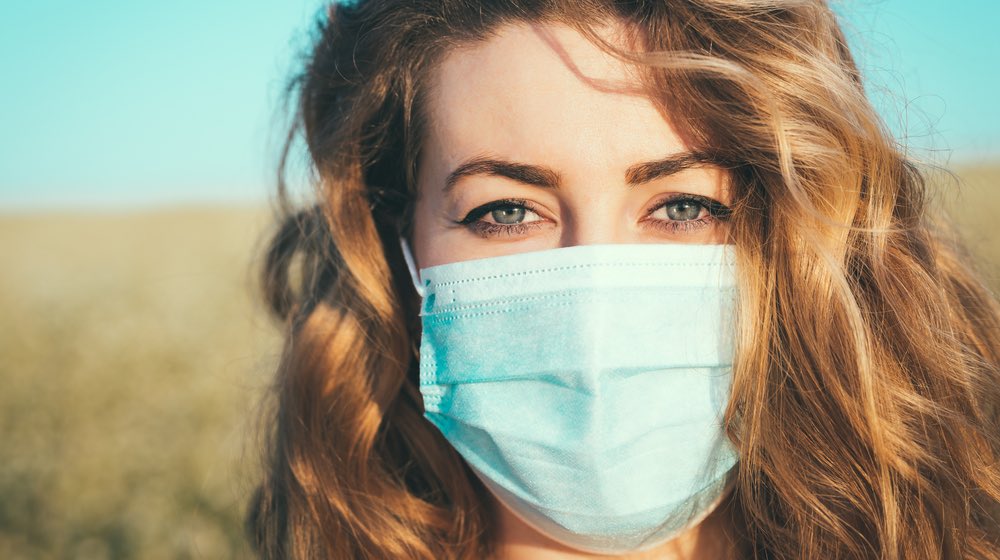COVID Survival Guide | Lifestyle Changes To Lower Metabolic Risk
We all talk about how not to get COVID, how to cure COVID, and how to treat COVID. But in this Covid Survival guide, we aim to teach you how you can lower your risk of getting sick from COVID.
RELATED: Safe And Effective Vaccines For Sars Cov2 (Covid19) [PODCAST]
COVID Survival Guide
Click here to jump to the instructographic.
According to Dr. Ronesh Sinha, an internal medicine physician and a master of wellness at the Palo Alto Medical Foundation, people that have followed lifestyle principles and focused on their immune system, had their metabolisms sail through COVID. Many of them just got the infection that was nothing more than just a cold.
While this is anecdotal, these people have proved to do quite well – better than other COVID patients. Part of this could be genetic but like with other chronic illnesses, lifestyle trumps genetics. Your genes are, therefore, not a doom statement as your lifestyle can outwit them.
Understanding COVID-19

We all know that Covid is an infectious disease. However, if you want to think about how you can sail through it, you have to think of it as a metabolic disease.
Essentially, when COVID-19 infects our bodies, many people do not realize that it changes the way our cells perform metabolism. When we exercise or try to optimize the performance of our immune cells. These activities tap into the mitochondria, which produces the energy needed for our cell to work and fire at the right level.
However, with COVID-19, when you start experiencing shortness of breath, the body produces chemicals like HIF or hypoxia-inducible factors. HIF shuts off the mitochondrial metabolism, so the body cannot generate as much ATP as needed.
As a result, our bodies use the glucose outside the mitochondria to create a lot of aerobic glycolysis and anaerobic metabolism, meaning the cells are in a hyper-metabolic state. Our immune cells are doing a HIIT training session.
Since the anaerobic metabolism happens outside the mitochondria, you end up with loads of lactate and cytokine which is similar to what happens with most types of cancers.
Essentially, there is a metabolic shift from aerobic to anaerobic.
What Is Hypoxia-Inducible Factor (HIF)
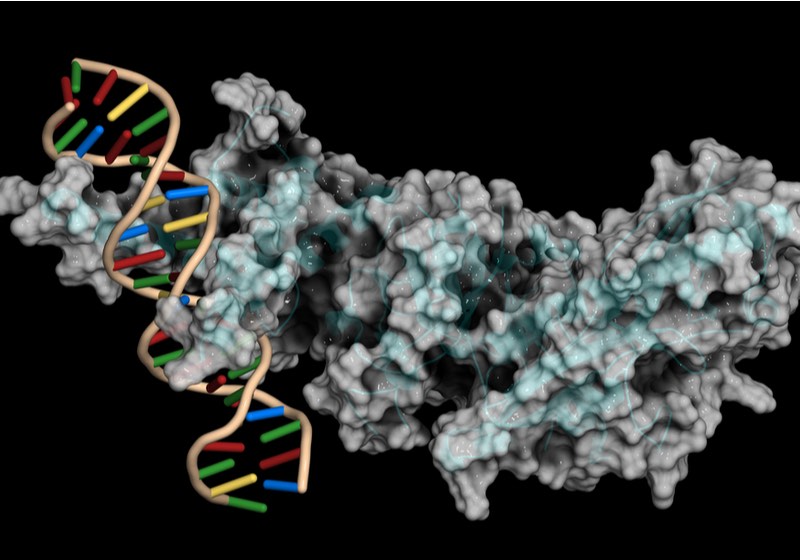
HIF is produced in the body when we exercise intensely. We go into anaerobic metabolism by shutting off the mitochondria, where we burn muscles, breathe heavily, and our heart rate goes up. This is the same thing that happens to our immune cells.
The goal, therefore, is to prevent HIF from turning on too quickly as this will rev up our metabolism and cause a hyper-inflammatory response.
So, for a physically inactive person, minimal physical activity will trigger HIF, which will shut off the aerobic metabolism in the mitochondria.
Now, since COVID takes advantage of this pathway to cause havoc, being aerobically conditioned increases your body's resistance to activating that pathway. In other words, being in good shape gives you a better chance at riding out the disease.
Lifestyle Changes To Lower Metabolic Risk
1. Work out with your mask on.
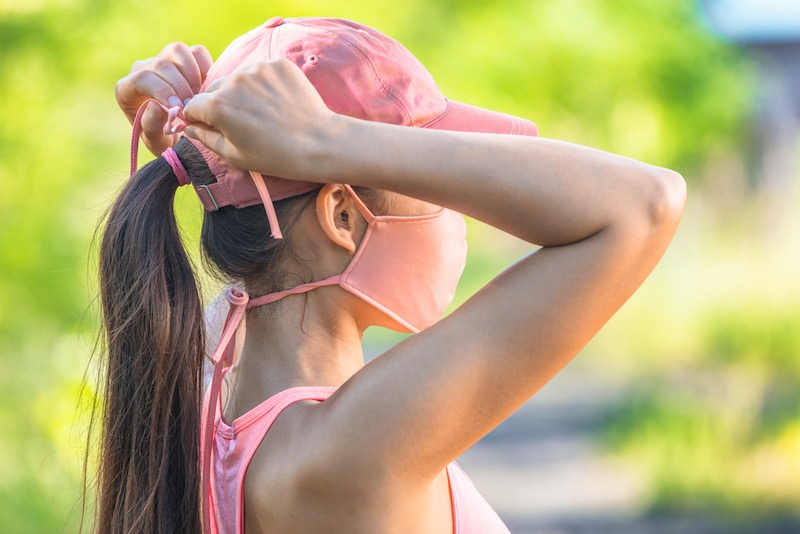
Lungs are the primary target for COVID. Increasing your lung's aerobic resilience through aerobic fitness significantly increases your threshold of air hunger or hypoxia.To build such aerobic strength, try working out with your mask on.
It might feel suffocating at first, but as you progress, you will notice that you no longer experience hypoxia because your body is adjusting to the low-oxygen environment.
In theory, if COVID were to attack your lungs, it couldn't switch on the inflammatory signals due to the reinforced aerobic foundation.
Note: To further build your aerobic resilience, upgrade from regular masks to high-altitude masks. This way, you will increase your oxygen delivery through increased red blood cell and EPO production.
2. Don't forget to Exercise
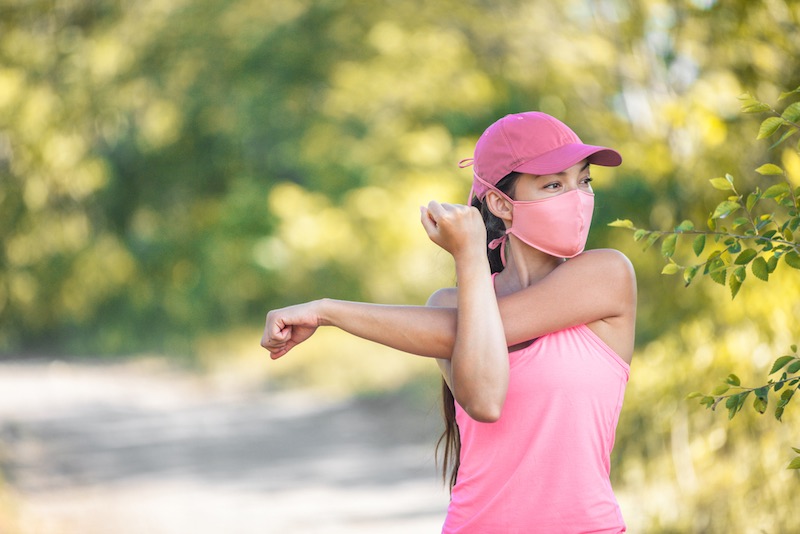
If you have been doing the right thing as far as diet goes, but you have become increasingly sedentary, before and after lab markers will show. Trend lines will show increased glucose numbers as well as your inflammatory markers. These are subtle signs that your metabolic function is declining despite taking the proper dietary measures.
That brings the need for exercise strategies to boost mitochondrial function.
3. Eat a healthy and balanced diet.

Keep in mind that diet and exercise works both ways. With the proper exercise but an unoptimized diet, there will be gridlock in the mitochondria since you put too much food into the system. Therefore, balance that input with the throughput.
Another downside of excessive inactivity in seniors is losing muscle mass. Reducing muscle mass and strength and a deteriorating mitochondrial function will lead to the formation of visceral fat. This becomes double trouble since you do not have the muscular strength for physical activity to burn that energy.
Note: Muscle strength, especially leg strength, is an essential indicator of long life and quality of life.
4. Write a Journal.

Your emotions directly affect your immune system as they are connected. Your immune system will always know everything that's happening on the inside.
So, remember that whenever you are repressing and suppressing emotions, your immune system knows all the dirty secrets. And it will react by producing cytokines and cause physiological changes.
To help with stress management, try thought labeling.
According to a UCLA study, the physical act of writing down a stressful thought or emotion in two or three words reduces the activity of the amygdala and the emotional brain, and it lights up the frontal cortex. As a result, you find that journaling will help you sleep better and stay cognitively focused. You can do it anywhere at any time.
Here’s an instructographic guide. Don’t forget to download, save, or share this handy instructographic for reference:
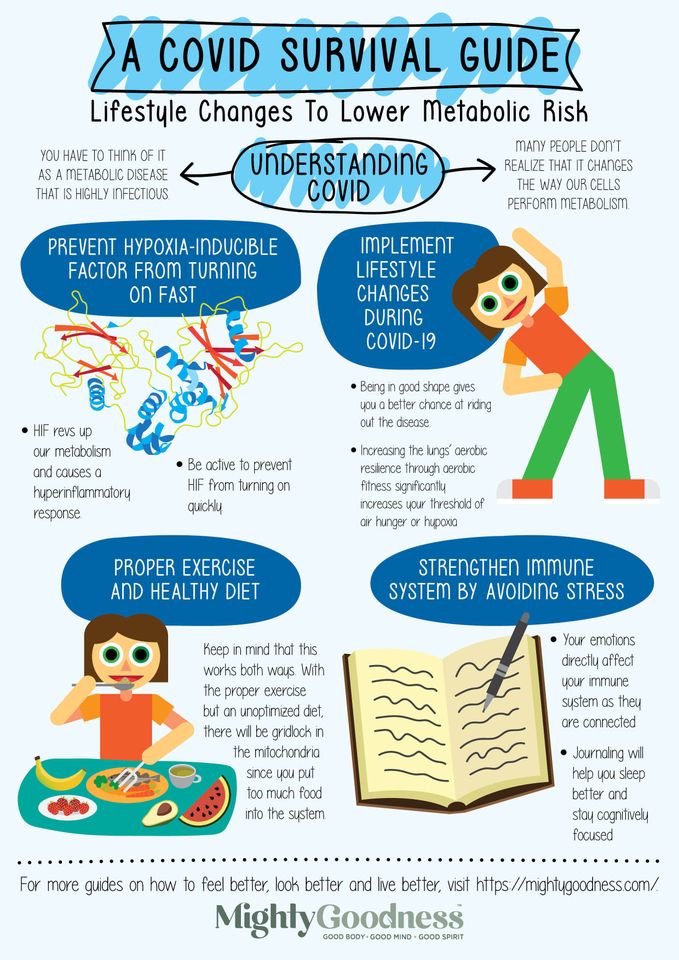
There you have it. With this detailed Covid survival guide, you have a deeper understanding of how the Corona Virus attacks your body and what to do to stand a fighting chance. Besides Covid-19, there are many other chronic diseases you can help prevent by paying attention to these pointers.
Watch this video by ZDoggMD on how to beat COVID-19 (w/Dr. Ron Sinha):
What are your thoughts about Covid? Do you have any other tips on how to survive Covid? Please share with us in the comment section below!
Up Next:
- Improve Brain Health And Productivity Levels Remotely With Prady Tewarie [PODCAST]
- Getting Infected With Covid-19 Changed My Life Forever
- Turning 50 | An Honest Talk About What to Expect
Calling all Health Buffs! If you’ve got the gift of keeping healthy and sharing this knowledge through writing, click here if you want to write for us.
Please stay connected with us on Facebook, Twitter, Instagram, and Pinterest, and make sure to join our community of healthy living and minded people here.
Trending
Tongue Color | 7 Scary Tongue Color Meanings
Lecithin Benefits and Side Effects: 10 Surprising Truths
Get Updates
SIGN UP FOR OUR NEWSLETTER TODAY

Tongue Color | 7 Scary Tongue Color Meanings

Lecithin Benefits and Side Effects: 10 Surprising Truths
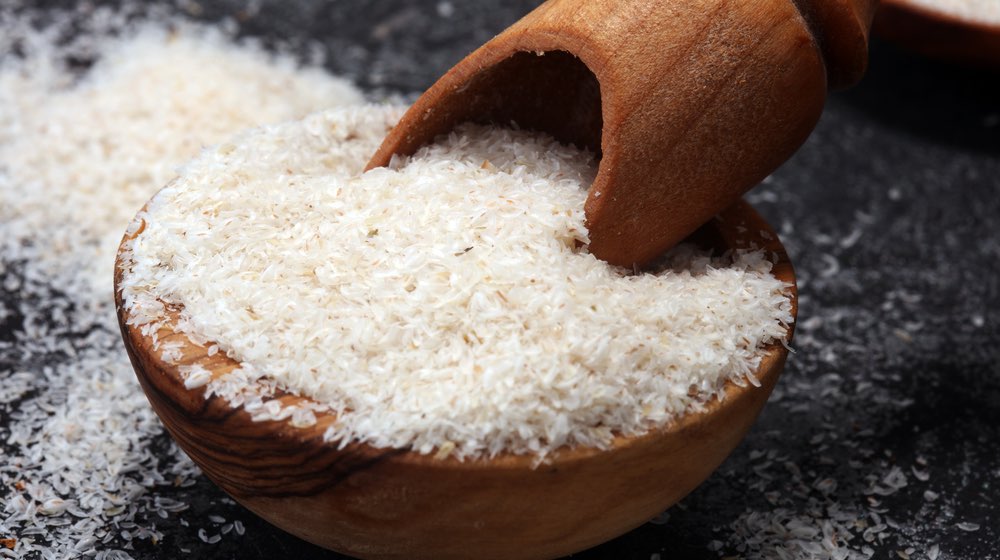
Related

Tongue Color | 7 Scary Tongue Color Meanings

